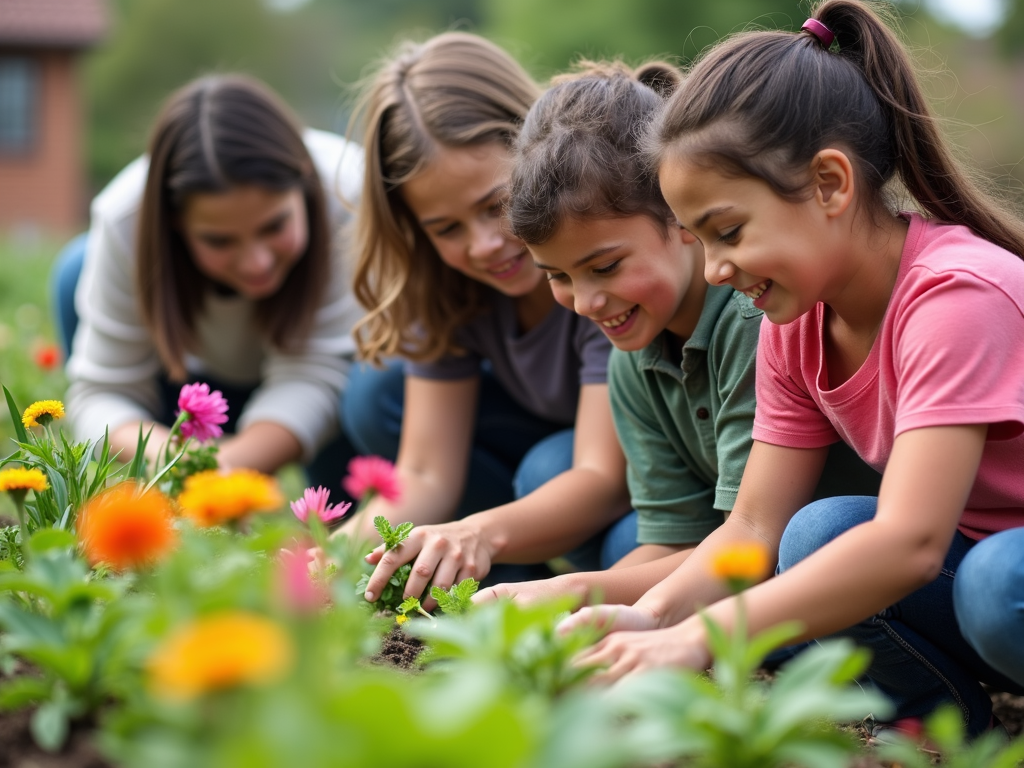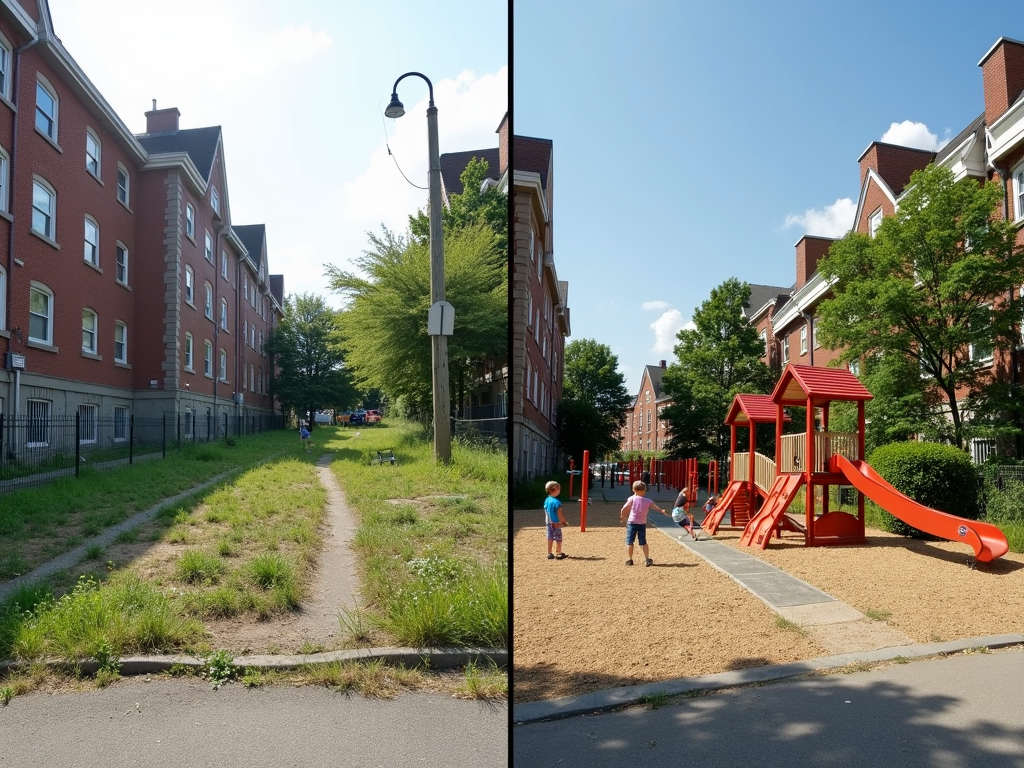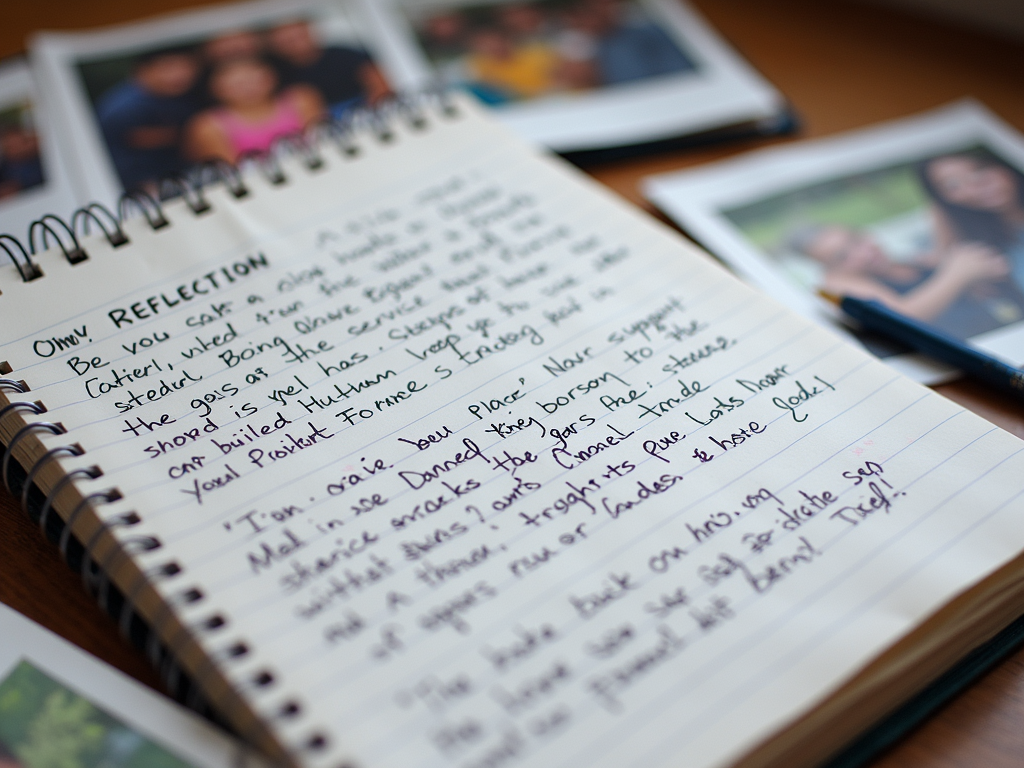Empowering Communities Through Service Learning: A Guide to Local Opportunities
By , April 27, 2025
Service learning is a powerful educational approach that combines academic learning with community service. By engaging in real-world projects, students not only enhance their understanding of course material but also contribute meaningfully to their local communities. This article explores the benefits, examples, and ways to get involved in service learning opportunities near you.

Service learning is more than just volunteering. It's an educational method that integrates community service with classroom instruction, emphasizing critical thinking and reflection. Through service learning, students apply academic concepts to real-world challenges, gaining a deeper understanding of both the subject matter and the community's needs. Service learning has its roots in the experiential education movement of the early 20th century, with influences from educators like John Dewey, who emphasized the importance of learning through experience. Unlike traditional volunteering, which focuses primarily on providing service, service learning integrates the service experience with academic learning objectives. This integration ensures that students not only contribute to the community but also gain a deeper understanding of the subject matter and develop critical thinking skills. Key components of service learning include preparation, action, reflection, and celebration. In the preparation phase, students learn about the community issue and plan their service project. During the action phase, they engage in the service activity, applying their knowledge and skills. The reflection phase involves students thinking critically about their experiences and connecting them back to academic learning. Finally, the celebration phase allows students and the community to acknowledge the achievements and impact of the project.
Service learning offers numerous benefits for both students and the community. For students, it can improve academic performance and engagement. According to a study by the National Service-Learning Clearinghouse, students who participate in service learning show higher graduation rates and increased civic engagement compared to their peers. Service learning also helps develop critical thinking and problem-solving skills, as students must navigate real-world challenges and find solutions. Additionally, it fosters personal growth and civic responsibility, encouraging students to become active, engaged citizens. For the community, service learning addresses real needs and challenges, whether it's environmental conservation, educational support, or health promotion. It also builds stronger relationships between educational institutions and the community, fostering a culture of service and volunteerism. A study published in the Michigan Journal of Community Service Learning found that students who participated in service learning courses showed significant improvements in their understanding of course material and their ability to apply it to real-world situations. Furthermore, service learning has been linked to increased retention rates and higher levels of student satisfaction.

Service learning projects can take many forms, depending on the community's needs and the academic focus. Here are some examples: Environmental Projects: Students in a biology class might partner with a local conservation organization to restore a wetland area. Through this project, they learn about ecosystems, biodiversity, and conservation efforts while contributing to the preservation of local wildlife habitats. Educational Projects: A group of education majors could develop and implement a literacy program for underserved children in the community. This experience allows them to apply teaching theories and strategies while addressing the educational needs of the community. Health and Wellness Projects: Nursing students might organize a health fair, providing free screenings and health education to community members. This project not only benefits the community but also gives students hands-on experience in public health. Arts and Culture Projects: Art students could collaborate with a local museum to create an exhibit showcasing the community's history. This project integrates art history and curation skills with community engagement. These projects demonstrate how service learning can be tailored to various disciplines and community needs, providing valuable learning experiences for students while making a positive impact.
If you're interested in participating in service learning, here are some steps to get started: 1. Check with Your School: Many educational institutions offer service learning courses or programs. Speak with your teachers or academic advisors to learn about available opportunities. 2. Join Student Organizations: Look for student groups focused on community service or social justice. These organizations often partner with local nonprofits for service projects. 3. Reach Out to Local Nonprofits: Many nonprofits welcome student volunteers and may have service learning opportunities. Contact organizations in your area to inquire about potential projects. 4. Propose Your Own Project: If you have a specific idea for a service learning project, discuss it with your teachers or professors. They can help you integrate it into your coursework. Additionally, online platforms like VolunteerMatch or Idealist can connect you with local organizations seeking volunteers. When proposing your own project, be sure to align it with your academic goals and the community's needs. Collaborate with faculty and community partners to ensure the project is feasible and impactful.
As a student, I had the opportunity to participate in a service learning project focused on addressing food insecurity in our community. We partnered with a local food bank to organize a food drive and educate the public about hunger issues. Through this experience, I not only learned about the complexities of food systems but also developed leadership skills and a deeper sense of empathy for those facing food insecurity. During the project, I was struck by the stories of the individuals we served. One elderly woman shared how the food bank had helped her through a difficult time, and her gratitude was humbling. This experience taught me the importance of listening and understanding the lived experiences of others. It also reinforced the idea that education is not just about acquiring knowledge but about using that knowledge to make a positive impact. Service learning has the power to transform both students and communities, fostering a sense of connection and purpose.

While service learning offers many benefits, it also presents challenges. Some common obstacles include time constraints, as students must balance service projects with academic responsibilities. Resource limitations can also be an issue, as projects may require funding or materials that are not readily available. Additionally, ensuring genuine community engagement is crucial; projects should meet real community needs and involve community members in the planning process. To address these challenges, students can practice effective time management, planning ahead and integrating service activities into their schedules. Faculty can design courses with flexible service options to accommodate students' needs. For resource limitations, seeking out grants or fundraising opportunities can help support project costs. Many organizations offer funding for service learning initiatives. Building strong community partnerships is essential; involve community members from the beginning to ensure the project is collaborative and impactful. By addressing these challenges proactively, service learning projects can be successful and rewarding for all involved.
Service learning is a transformative educational approach that benefits both students and local communities. By engaging in meaningful service projects, students enhance their academic learning, develop essential skills, and contribute to the betterment of society. Whether you're a student, educator, or community member, there are numerous ways to get involved in service learning opportunities in your area. Explore the possibilities and discover how you can make a difference through service learning.